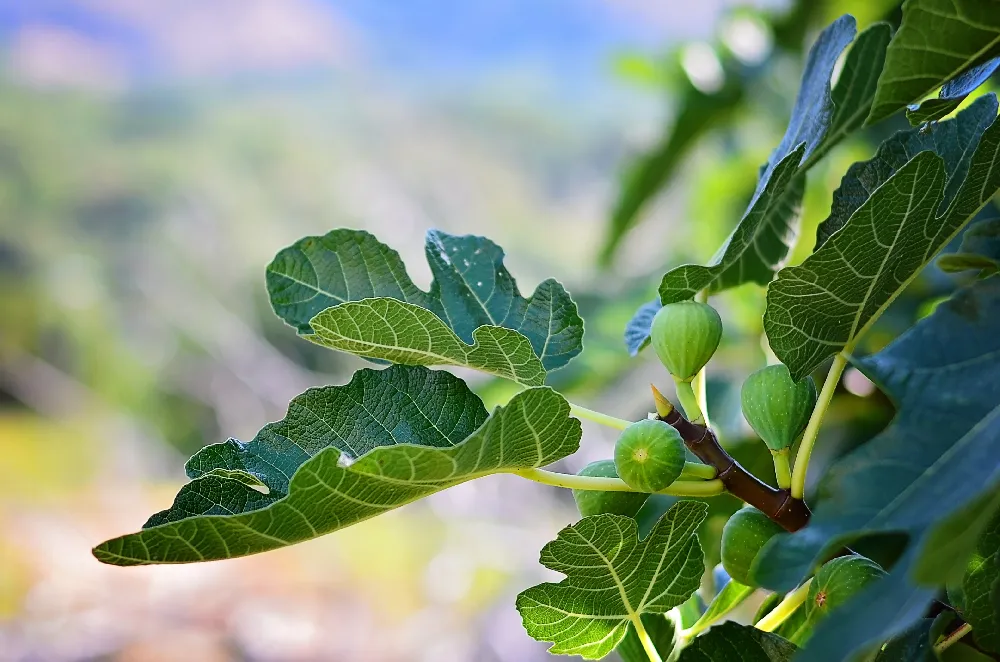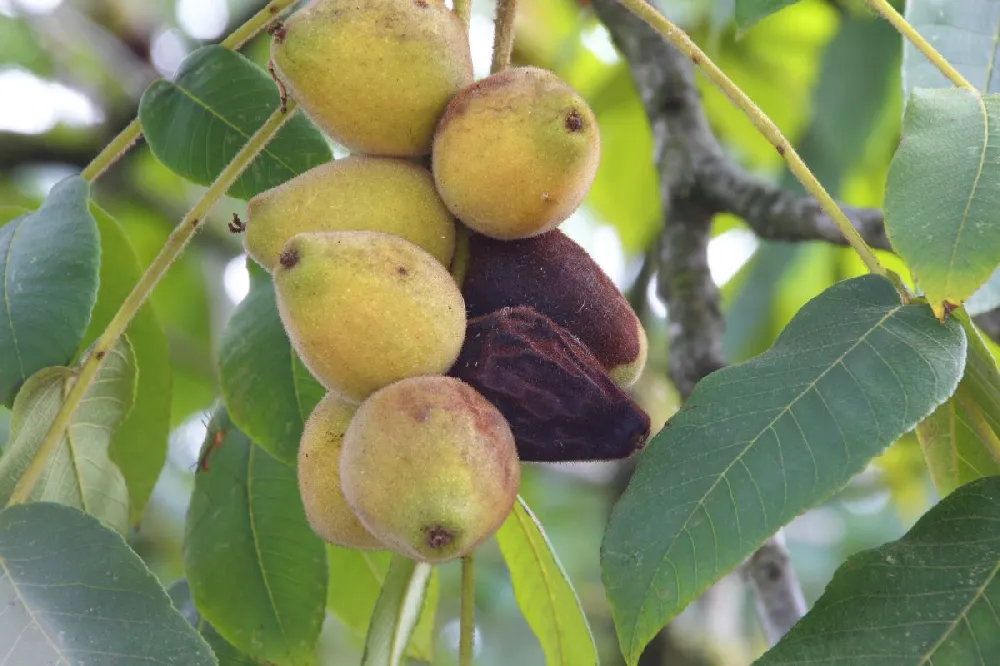- Home >
- Houseplants >
- Ficus Triangularis
Ficus Triangularis for Sale - Buying & Growing Guide
Ficus triangularis, is a popular indoor plant throughout the United States that is known for its ornamental foliage. These broad, evergreen leaves are bright and shiny and have a loose triangular shape. Compared to other ficus plants, ficus triangularis proves to be quite easy to care for, as it calls for a straightforward maintenance routine. This plant also maintains a small shape, allowing it to fit well in nearly any room of your home.
- This plant has thick, somewhat triangular, leaves that can be variegated.
- It is quite easy to care for, especially compared to other ficus varieties.
- Thsi ficus stays small and fits well in most indoor growing locations.
Enter your zip code to find nearby stores that may carry this plant.
Plant Care
Sunlight

This plant grows best indoors, where it can receive bright but indirect light for most of the day.
Watering
Water deeply after allowing the soil to dry out, about once every 10 days.
Fertilizing

Fertilize once per month with a general-purpose houseplant fertilizer.
Planting and Care
Planting instructions
All gardeners in the United States will need to grow their ficus triangularis indoors — this species is not capable of surviving outdoors in any state. The ideal indoor planting location for a ficus triangularis plant is one that receives plenty of bright but indirect light each day. Since you’ll grow this plant indoors, you’ll also need to find a suitable container in which it can live. When choosing a container, it is crucial to select one that is large enough to not only accommodate your plant’s current size but also give plenty of space for the roots to expand.
Watering and nutrients
The best way to water a ficus triangularis plant is to observe the soil and wait for it to dry out. Once you notice that the soil is dry, you should water your plant deeply to soak the soil and roots entirely. Usually, this amounts to a watering frequency of once per week or once every 10 days. For the best results, you should fertilize your ficus triangularis about once per month. Often, a general-purpose houseplant fertilizer will work well.
Pollination
Pollination should not be of any concern for those who grow the ficus triangularis plant. Ficus triangularis is primarily an ornamental foliage plant, and its flowers and fruits are of little significance in comparison to the leaves. The flowers themselves are small, less than 3 centimeters, light brown, and quite unimpressive from a visual standpoint. Since you’ll need to grow your plants indoors, it’s possible that these flowers will not have the chance to pollinate at all, asthere will be no wind and minimal insects around to conduct pollination.
Pruning
One convenient aspect of growing a ficus triangularis plant in your home is that these plants can look impressive without the need for too much pruning. Typically, all you need to do is use clean hand pruning shears to remove any parts of the plant that show signs of disease or are otherwise dead or dying. You can also choose to prune this plant into specific shapes, but it will often take on an attractive form of its own accord.
Pests, diseases, and animals
Pests can be a potential concern for those growing the ficus triangularis plant. The most common bugs that arrive at this plant are mealybugs, aphids, scale, and mites. These pests tend to feed on the moisture within these plants, causing the plants to dry out and die at times. However, with an indoor growing location, you should not need to worry about too many infestations during your plant’s lifetime. Diseases, including blight, rot, leaf spots, and mildew, can also arise and are often the result of excessive moisture.
Achieving maximum results
While the ficus triangularis plant does enjoy plenty of daily light, that light must be indirect. Strong, direct sunlight can easily cause leaf scorch. The ficus triangularis can also produce fruits when pollination occurs, but these fruits are rarely, if ever, eaten by humans, which means there is no reason to encourage their production. You should also know of a variety of this plant, known as Ficus triangularis ‘Variegata,’ which has variegated leaves that many gardeners prefer over the standard species.
FAQs
What are some other names for the ficus triangularis plant?
Why is my ficus triangularis dropping its leaves?
The ficus triangularis is a broad-leaved evergreen tree, which means that it should not lose its leaves in most situations. If you notice that your ficus triangularis is losing a lot of leaves, you should know that it is likely a sign of disease or poor care. One of the most prevalent causes of leaf drop for this plant is lack of sunlight. However, dropping leaves can be a sign of other complications as well.
Is the ficus triangularis a fast-growing plant?
The ficus triangularis is not a fast-growing plant. In fact, the growth rate of this plant is often moderate or even slow compared to other plants. The ficus triangularis also grows to a small size of about 8 feet at most or, more commonly, about 4 feet tall at maturity. However, even though the mature size of this plant is small, the slow growth rate means it will take a while for the plant to reach that size.
Compare Similar Products
You can't add more Product Name - Product size to the cart.
OK







